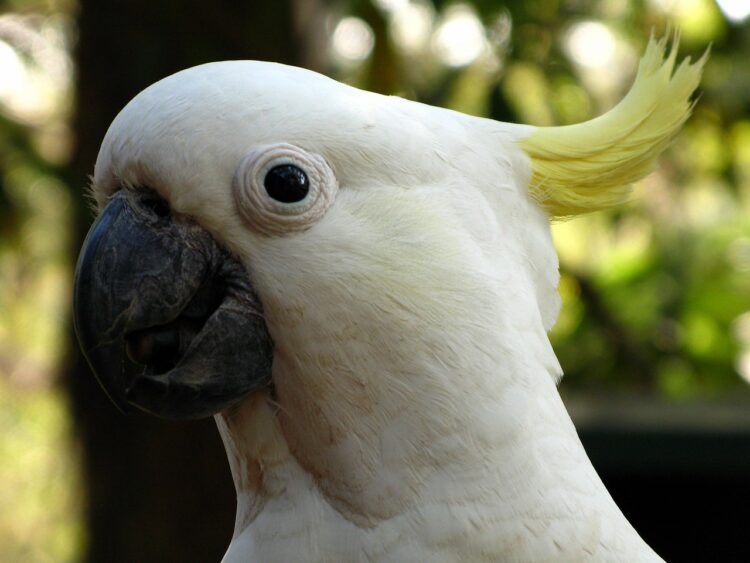
Nature isn’t always peaceful. In fact, some of its most fascinating creatures are also its loudest. From the deepest oceans to dense jungles and buzzing grasslands, certain animals have evolved vocal abilities that make them stand out—sometimes quite literally. Here are 15 of the loudest animals on Earth and what makes their voices so unforgettable.
Blue Whale
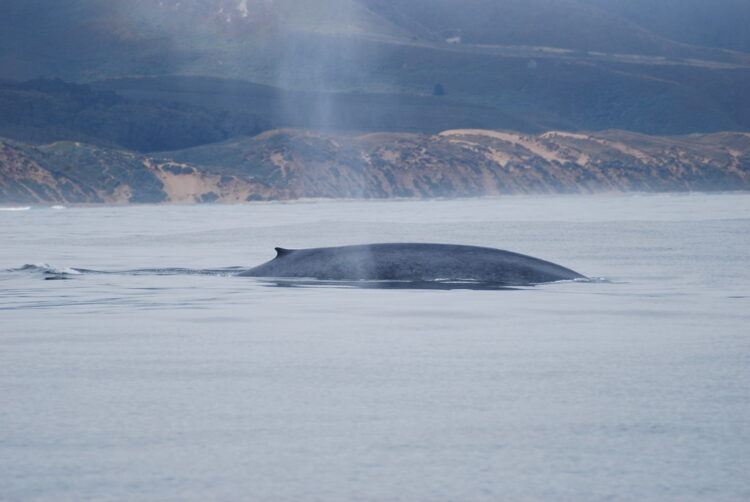
The blue whale is not only the largest animal on Earth but also the loudest. Its deep, rumbling calls can reach an astonishing 188 decibels—louder than a jet engine. These sounds are so low in frequency that they often go unnoticed by the human ear, yet they can travel over 500 miles underwater. Blue whales use these vocalizations to communicate with other whales across vast ocean distances, especially during mating season or migration.
Sperm Whale
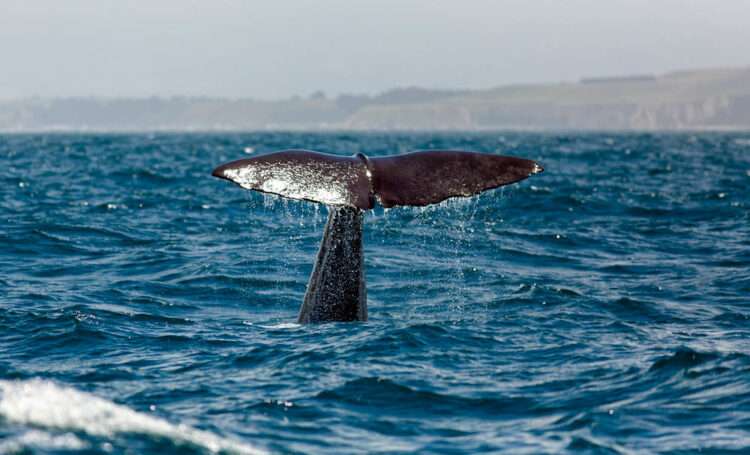
Sperm whales produce rapid-fire clicking sounds that can reach up to 230 decibels at their source, which are among the loudest sounds made by any animal. These intense clicks are used for echolocation, allowing the whales to navigate and hunt in the pitch-black depths of the ocean. The sound is so powerful that researchers believe it might even temporarily stun prey like squid.
Howler Monkey

With vocal cords adapted for volume, the howler monkey is the loudest land animal in the Americas. Its deep, guttural howls can reach 140 decibels and be heard from as far as three miles away through dense rainforest. The monkey’s enlarged hyoid bone acts like a resonating chamber, amplifying sound far beyond what its body size might suggest. These howls serve as a warning to other groups, reducing the need for physical fights by letting everyone know who owns what territory.
Greater Bulldog Bat

The greater bulldog bat might weigh less than an ounce, but it belts out echolocation calls that reach up to 140 decibels. Native to Central and South America, this bat uses its ultrasonic screeches to detect ripples on water surfaces as it hunts for fish. These calls are typically beyond the human hearing range, but to aquatic prey, they’re part of a deadly sonar system.
Kakapo
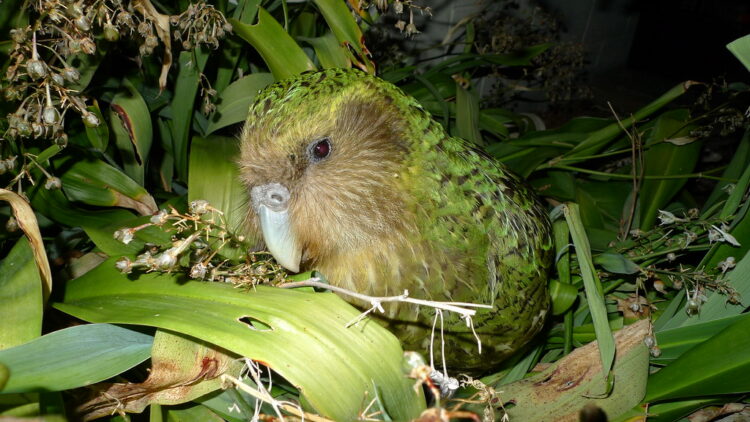
The kakapo is one of the world’s rarest and strangest parrots, and it knows how to make its presence known. Males emit a booming call during mating season that can be heard up to half a mile away. This deep, resonant sound is produced by inflating air sacs in their chests and then releasing the sound in rhythmic pulses through the night. It’s designed to attract females hidden in the dense New Zealand forests. Though they cannot fly, kakapos make up for it with their eerie and far-reaching mating calls.
Moluccan Cockatoo
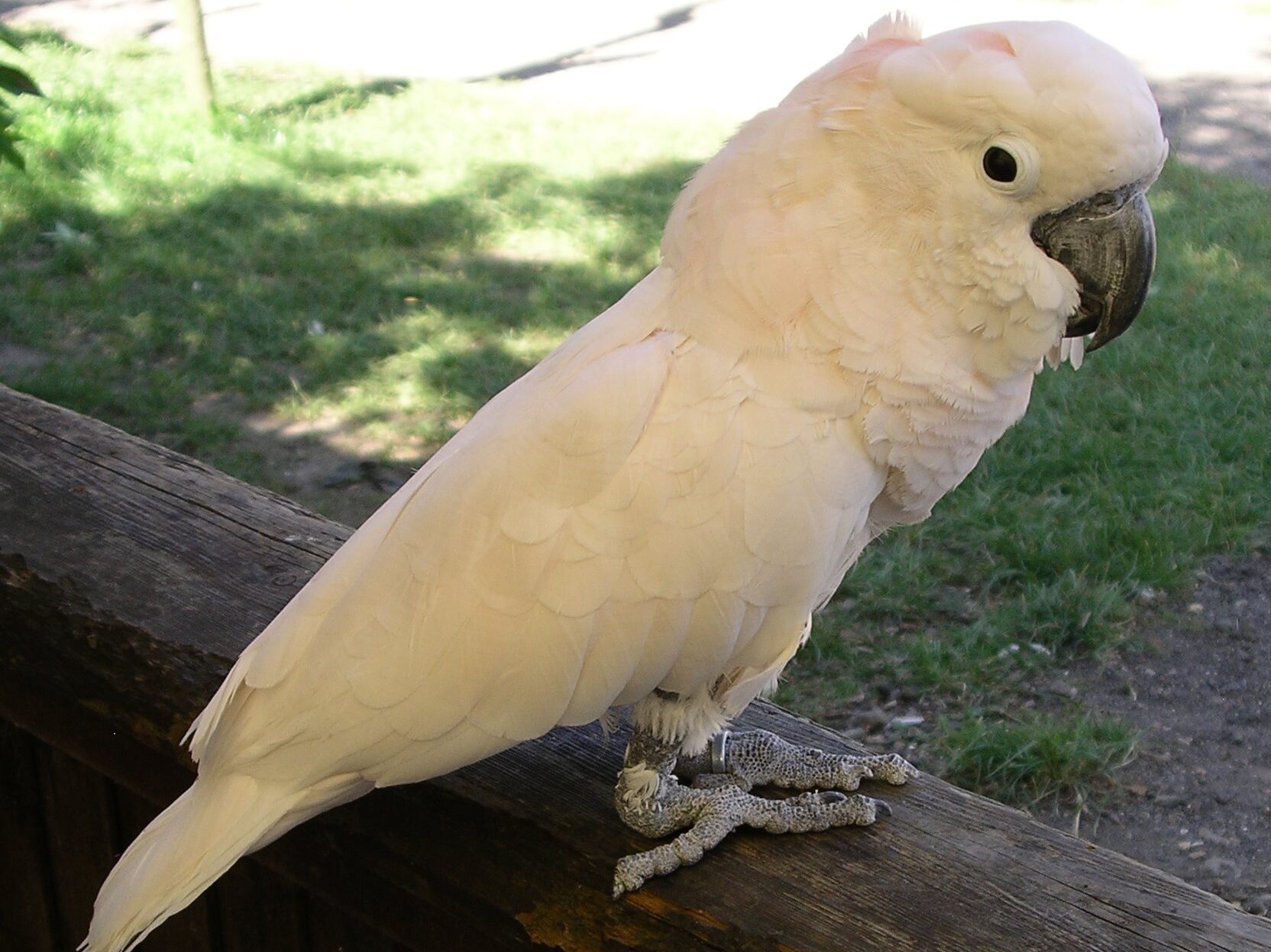
The Moluccan cockatoo can scream at up to 135 decibels, making it one of the loudest parrots on the planet. Found in Indonesia, it uses its high-pitched calls to stay in contact with flock members through the thick forest canopy. In captivity, these birds often scream for attention, making them a challenge for even the most patient bird owners. Their vocal cords are strong, and they know how to use them—loudly and frequently.
Lion
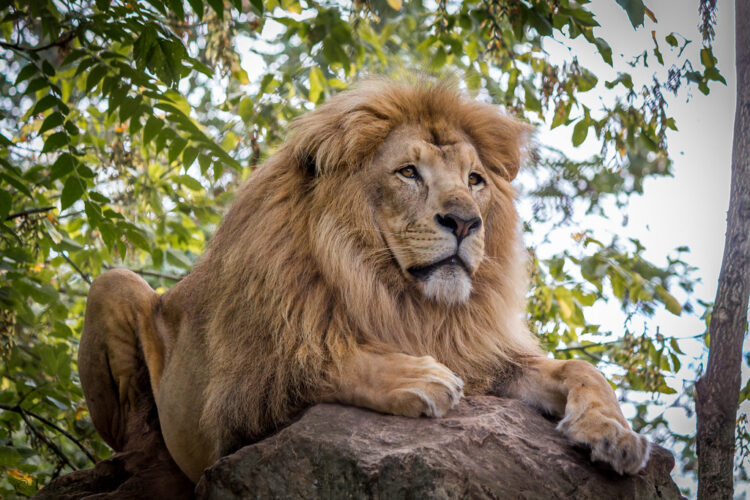
A lion’s roar is a true symbol of power and territory. Reaching around 114 decibels, a roar can be heard from five miles away, resonating across the African savanna. Lions roar to communicate with their pride, assert dominance, and warn intruders to back off. Their vocal cords are unusually long and flat, which allows for such powerful sound production with minimal effort. The low-frequency resonance of a lion’s roar is designed to be felt as much as it is heard, creating an unforgettable presence.
Northern Elephant Seal

During mating season, male northern elephant seals turn into roaring machines. Their deep, burping calls reach up to 126 decibels and are used to challenge rivals and attract mates. Each male develops a unique rhythm and pitch, almost like an acoustic signature. These roars reverberate across crowded beach colonies, where size and sound determine social rank.
American Alligator
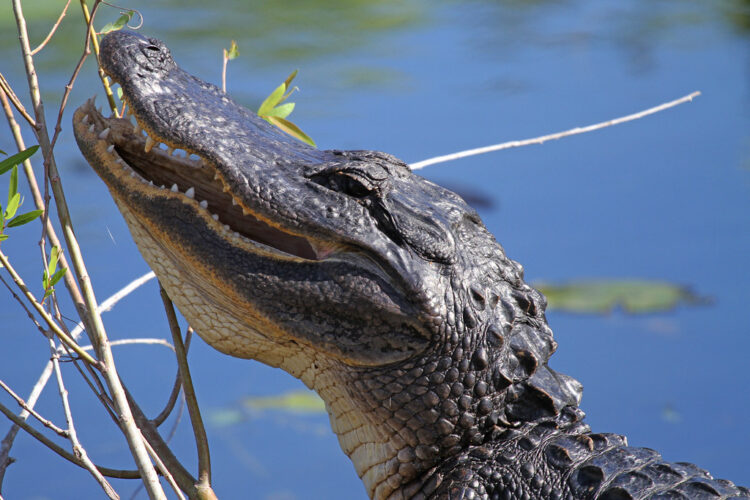
When mating season arrives, male American alligators unleash a deep, rumbling bellow that makes water dance. The low-frequency sound causes surface vibrations, often accompanied by a dramatic display of water droplets leaping from their backs. Though the sound itself doesn’t break records in terms of decibels, it’s hauntingly loud in the swamp and unmistakably primal. These bellows announce the alligator’s presence and readiness to mate, sending clear warnings to both rivals and potential mates.
African Cicada

For such a tiny creature, the African cicada packs an ear-splitting punch. Some species can produce up to 106 decibels of sound, making them the loudest insects on Earth. Males produce these shrill, repetitive sounds by rapidly vibrating specialized body parts called tymbals. The result is a constant, high-pitched drone that dominates hot summer afternoons. These calls are part of a mating ritual—males form massive choruses to outsing each other and attract females, turning quiet forests into insect symphonies.
Green Grocer Cicada (Australia)
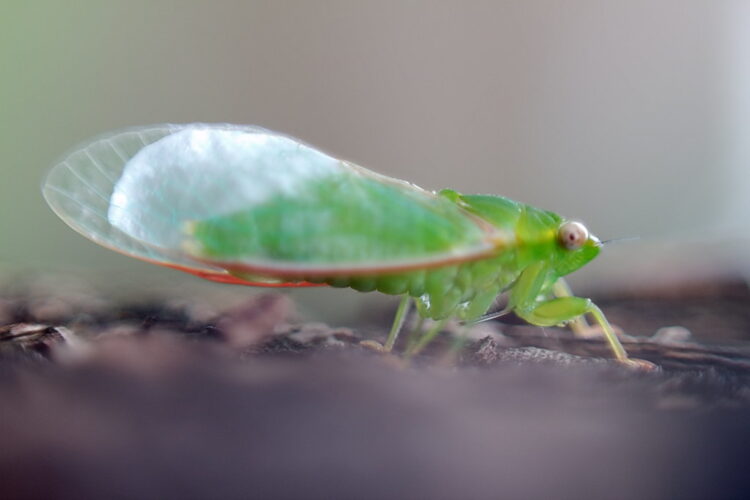
Australia’s green grocer cicada is a legend in the bug world. With a call that can reach 120 decibels, it rivals rock concerts and is loud enough to cause temporary hearing loss with prolonged exposure. Found mainly in Sydney and New South Wales, these cicadas spend years underground before emerging in summer to sing their hearts out. Their sharp, electric-sounding buzz fills the air in parks and backyards, signaling both the peak of the season and the search for love.
Bulldog Ant (Australia)

While ants aren’t known for being loud, the bulldog ant bucks the trend. When threatened, it produces audible warning stridulations by rubbing parts of its body together. The sound, although soft compared to others on this list, is shockingly loud for an insect and can be heard by humans at close range. It’s meant as a defense mechanism—an aggressive signal to back off. Combine that with its painful sting and large size, and you’ve got an insect that demands respect in more ways than one.
Peacock Mantis Shrimp

This beautifully armored sea creature produces one of the loudest non-vocal sounds in nature. When it punches its prey, the force creates an underwater shockwave and a snap that can exceed 200 decibels. The sound is a byproduct of a process called cavitation, where the speed of the punch causes a bubble to collapse violently, producing both heat and noise.
Hyena

Hyenas are famous for their unnerving laughs, but their vocal range goes far beyond giggles. They emit whoops, grunts, growls, and howls that can be heard up to three miles away. These sounds serve as social tools for locating clan members, coordinating hunts, and warning off intruders. Each hyena has a unique whooping pattern, which helps others recognize individuals. Their complex vocalizations rival those of primates, making them some of the most communicative mammals on the African plains.
Elephant

Elephants are masters of long-distance communication. Their trumpets can hit 117 decibels and carry for several miles, allowing them to send alerts about danger, signal excitement, or call to distant herd members. But not all their sounds are audible—elephants also use low-frequency infrasound, below human hearing, to communicate over even longer distances. These vibrations can travel through the ground and be picked up by the sensitive feet of other elephants.

